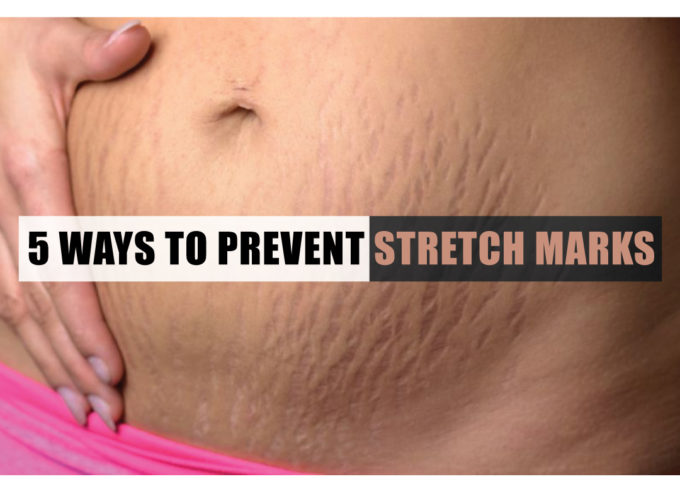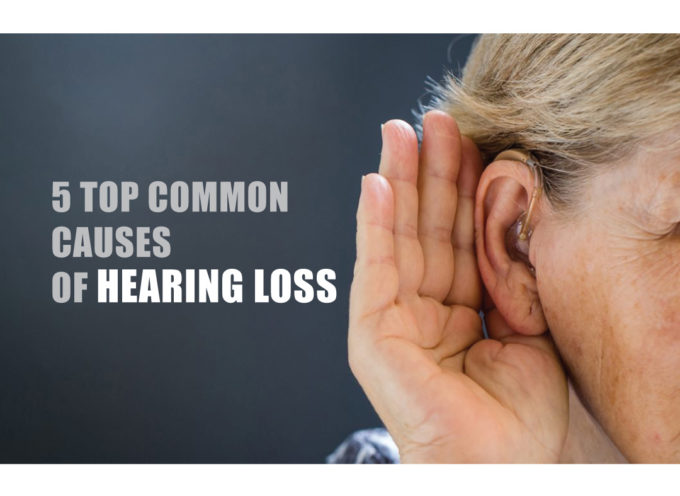Sodium is an essential nutrient required by the body for maintaining proper blood pressure. Deficiency of sodium is rare but can occur in people after excessive vomiting or diarrhea. Over consumption of sodium is far more common and can lead to high blood pressure which in turn leads to an increased risk of heart attack and stroke.
PROCESSED MEAT
Sliced meats, hot dogs and sausages are packed with lots of sodium. One hot dog can contain up to 700 mg of sodium, while just one slice of chicken ham can have over 300 mg. Choose fresh meats or fish instead buying ready-made!

CEREALS
One cup of cornflakes can have more than 200 mg of sodium per serving, which can add up quickly if you aren’t measuring portion sizes. And other processed breakfast foods are even worse, biscuit and pancake mixes can have up to 800 mg of sodium per serving. Try making your own mixes from scratch using low-sodium baking powder.

VEGETABLE JUICE
Even a healthy-sounding option like vegetable juice can be high in salt. That’s why it is important to read labels properly. Sodium content is listed per serving size, to be considered a low-sodium serving, it should be 140 mg or less. Even a can of tomato juice can be up to 700 mg per serving. Your best bet is to squeeze your own fresh vegetable juice and drink, a small tomato has only 11 mg of sodium.

CANNED SOUP
Anything in a can could be a sodium bomb. Some canned soups may contain up to 1,300 mg of sodium. On the other hand, you can make your own soup using bone broth and fresh ingredients. To lower sodium intake, buy your mushroom, pumpkin or other vegetables fresh and make your own soup!

SAUCE
Instead of using the salty flavour packets that comes together when you buy burgers, make your own flavorings with fresh ingredients. By using fresh herbs and spices you can infuse plenty of flavour into your dishes without any additional sodium. Consider seasoning with lemon juice, ground pepper, cumin, garlic, onion powder, and fresh herbs.

FROZEN MEALS
Frozen meals like pizza or chicken loaf might contain up to 1,800 mg of sodium. Excess salt causes your body to retain fluid, which will not only leaving you feeling bloated, but can also lead to high blood pressure. Look for low-sodium options or, better yet, cook your own meals from scratch.

BREAD & TORTILLAS
If you think this is healthy, not really! When it comes to breads, rolls and tortillas, once again, you need to read the labels carefully. Don’t assume that all grains are the same. Choose plain tortillas, which contain just 11 mg of sodium.

DAIRY
Dairy is a good source of calcium and vitamin D, but some products may not be a smart choice when it comes to managing high blood pressure. Some dairy foods like cottage cheese, buttermilk and processed cheeses can be high in salt. For a lower-sodium option, choose a fresh mozzarella at 175 mg of sodium per ounce or swiss cheese at less than 60 mg per ounce.









No comments!
There are no comments yet, but you can be first to comment this article.